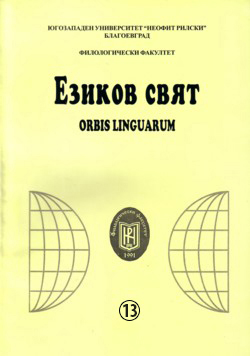
We kindly inform you that, as long as the subject affiliation of our 300.000+ articles is in progress, you might get unsufficient or no results on your third level or second level search. In this case, please broaden your search criteria.

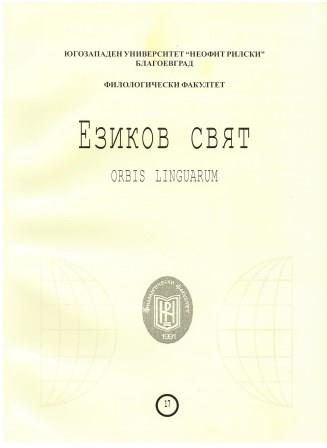
The paper presents a short contrastive analysis of phraseological units in the Bulgarian and the Polish language, which have Biblical origin. The text is focused on non-predicative expressions (i.e., it deals with semantic, formal and stylistic features of expressions with no verbal component) and observes their variation of the meaning following as a context their contribution in Bulgarian and Polish resources. In this respect, the first part of the article represents the similarities between Bulgarian and Polish Biblical Phraseological Units. The units under observation here are grouped in pairs, depending on the general element they contain. Mainly, that is an onomastic element with symbolic meaning and it is a kind of reference to the Old or New Testament. In the second part of the present text, Biblical expressions share one and the same symbolic element, but they have different semantics and structure. The compared constructions are based on different aspects of the symbol and they have different connotative potential. That part has a main function to highlight that both – Bulgarian and Polish language, using the same Biblical element could make completely different phraseological units. Despite the genetic relations of the two Slavic languages, the cited constructions are formed by Bulgarian and Polish cultural and religious experience.
More...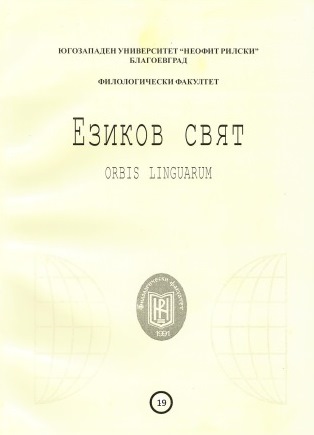
The research object of the present text is Polish, Slovakian, and Czech personal names derived from a name which is Latin by origin and denotes a plant. The main aim is to present their full list as well as their initial meaning. Specialized anthroponymic dictionaries are used as the main source of information for excerpting the researched anthroponyms. All of them contain information not only about the different name forms, but also about their etymology, origin, and canonization. The researched anthroponyms are divided into three major groups according to: 1) the meaning of the appellative (i. e. a thematic classification); 2) the type of the basic word (i. e. if the researched anthroponym is derived directly from an appellative or via another anthroponym (in this case a Roman gentile name or a Neolatin name)); 3) their canonization. All personal names included in this research are a part of the modern Polish, Slovakian, and Czech anthroponymicons, even though they represent a small group with relatively infrequent usage, the initial meaning of which is not completely clear to everybody nowadays. That is why it is of great importance to reveal the basic appellative.
More...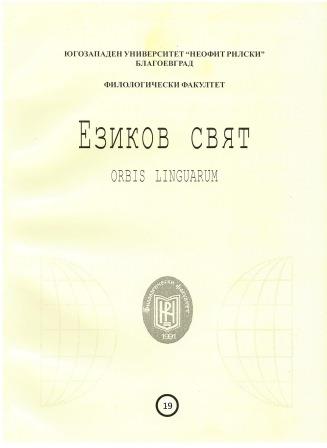
The present paper is contrastive analysis of Bulgarian, Polish and Lithuanian phraseological units containing a color term naming black or white. It traces the way these components reflect the figurative meaning of the unit - through their color semantics or through their function as a cultural signs. The study classiffiеs Bulgarian, Polish and Lithuanian expressions as to their belongings to several groups, which refer to different concepts. In each group the comparison of the examples found in the three phraseological subsystems is based on their semantics, their lexical components and structure. Under observations are substantive, adjectival, adverbial and verbal phraseological units where the colors are used only as an adjective component. The analysis takes into consideration that black has negative symbolism and cultural connotations. Thus the phraseological units with black are linked mainly to the concepts such as death, sorrow, bad life, misfortune. The text suggests that color term for black is rarely used to express neutral or positive meanings. The white has a positive cultural connotation associated to whiteness, light, good life, goodness, but its meaning can vary to neutral or negative in phraseological system of the three languages. The present paper observes similarities of collected phraseological expressions and emphasizes their nation-specific features.
More...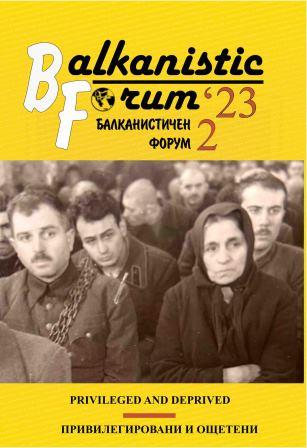
The change in social and political conditions in Czechoslovakia and then in inde-pendent Czechia after 1989 caused significant dynamics in the creation of new words and expressions or the expansion of the meaning of already existing words. A symbolic representative of the emergence of new words and meanings is the verb tunelovat and its derivatives (tunelování, tunelář, etc.), which began to be used to describe a certain way of realizing economic crime, through which privileged individuals from the time of the communist totalitarian regime become a privileged layer of society and in the new conditions of freedom thanks to their connections, financial security from the past and their entrepreneurial cynicism. The article presents a linguistic analysis of this expression and its derivatives from the point of view of lexical semantics, word for-mation and frequency of use. The analysis is based on both the relevant scientific lit-erature and data from the Czech National Corpus.
More...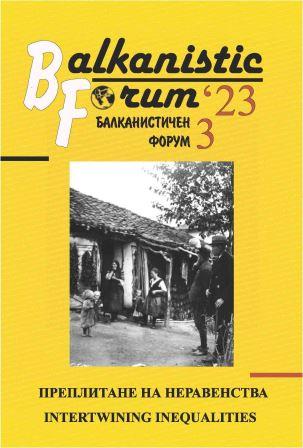
The article presents a study of the ways of presentation of one hundred names for professions, positions, ranks, etc. in the nomenclature list for professions in the Republic of Bulgaria, and then in the Dictionary of the Bulgarian Language (DBL) and The Great Dictionary of the Polish Language (Wielki słownik języka polskiego - WSJP), which strongly influence the editors' preferences and choice of masculinisms or feminisms in traditional and web-based media and encyclopedic products. The comparison between the Polish and Bulgarian dictionaries is carried out according to four criteria in order to establish the degree of asymmetry in the presentation of feminine and masculine forms.
More...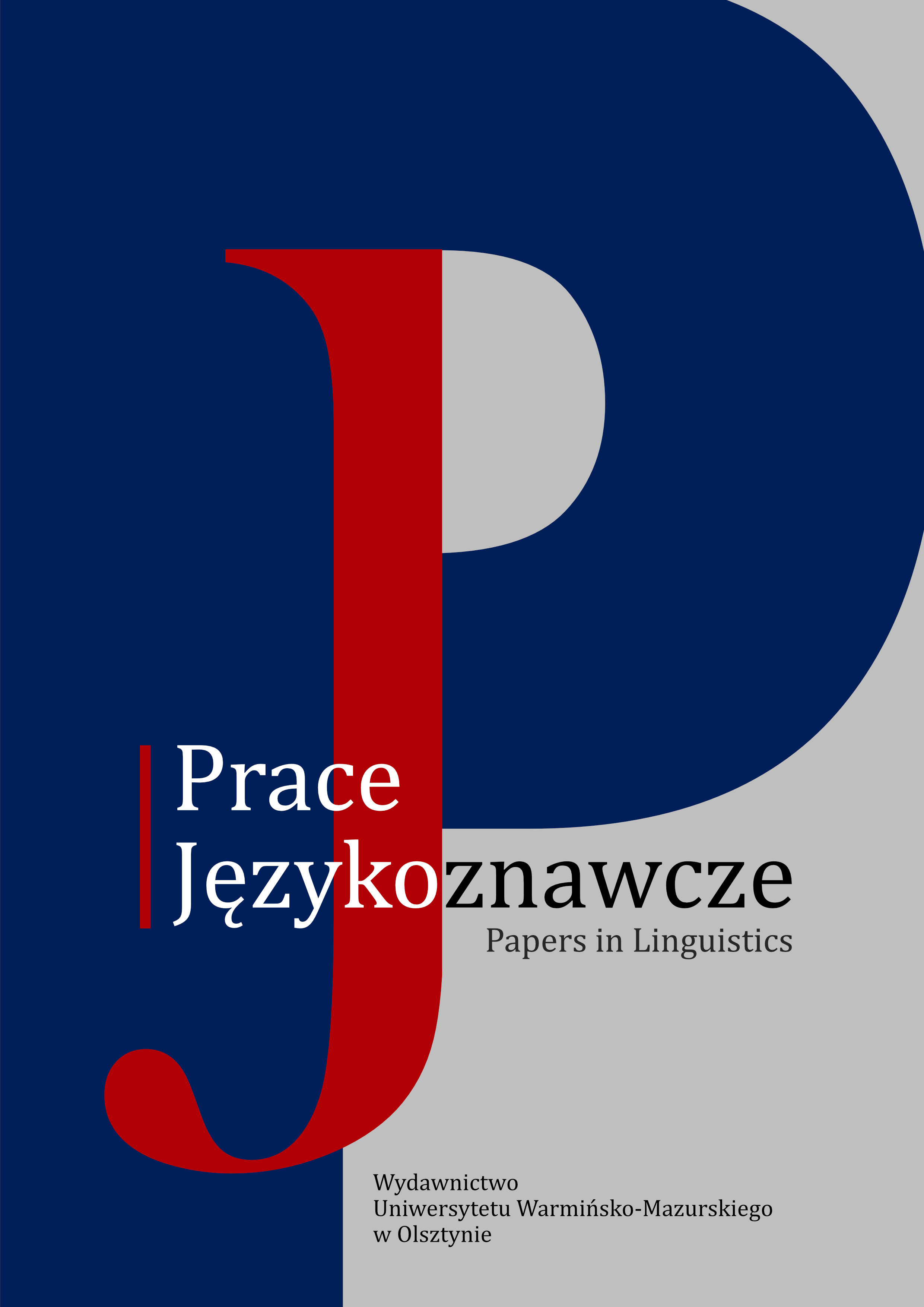
The article is concerned with proper names in selected poems by Julian Tuwim. The poet’s achievements are discussed in many studies, especially in literary ones. Researchers (e.g. Michał Głowiński, Ryszard Matuszewski) investigated the most important aspects of his poetry and the features of its poetics. They also paid attention to the linguistic aspect of Tuwim’s writing, but they were not much interested in the onymic layer of his poems. Meanwhile, Tuwim’s poetry is the source of a rich collection of proper names, appearing on their own or constituting elements of metaphors and similes. The article discusses selected names from the perspective of their functionality, considering also the usefulness of research tools of literary onomastics in the interpretation of onomastics in poetic textsproper names; literary onomastics
More...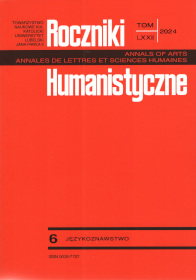
The aim of the article is to describe and compare the linguistic and communication characteristics of the three most general names of “video games” in Polish. The main sources of data were dictionaries of Polish, the National Corpus of the Polish Language, and messages from specialized media dealing with video games. The research has shown that the analyzed units differ in word-formation and real meaning, semantic connectivity, frequency of occurrence in the discourse and social range.
More...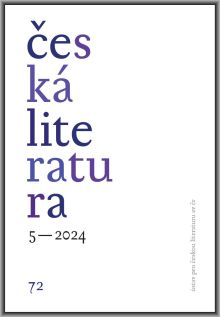
This article contains a collection of contributions on Czech bibliography, conference reports, etc.: 1. Ex nihilo nihil fit. Remembering Josef Zumr (19.3.1928 — 2.7.2024) 2. Report on the international interdisciplinary Krakow conference 3. Fifteenth textological colloquium (slightly different this time) 4. Legacy of the discipline: Šmilauer — Hausenblas — Stich 2023 5. The search for the Slavic national epic in the Interpretive network of European Romantic nationalism 6. Informatorium
More...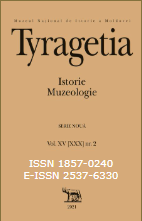
The article examines medieval court books written in 1386-1500. They included files examined by territorial courts, which represented the state noble court. 90 manuscripts have been preserved from this period. They are Latin-Polish monuments, in which Latin predominates. The books contain very rich linguistic and historical material. Based on them, we can observe how the process of forming Polish orthography proceeded, which consisted in adapting the Latin alphabet to the phonetic needs of the Polish language. The unusual abundance of onomastic material allows us to trace the formation of the binomial naming system of people, which was a long and complicated process. The very rich and diverse legal vocabulary contained here reflects the penetration of Latin terminology (derived from Roman ius civile) into Polish legal vocabulary and illustrates the formation of statutory law in Poland. The Latin-Polish character of the books shows the correlation of these languages. Often the content expressed in Latin was written in Polish. Polish words were inserted into Latin sentences or Polish sentences ended in Latin. The court books are still not fully completed, even though they contain the largest collection of lexicon from the late 14th - 15th centuries. In order for all the materials to become accessible to a wider group of researchers, their highly authoritative editing is necessary.
More...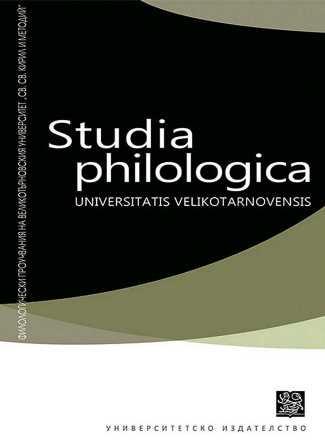
This paper aims to present the modelling process and models of Turiec River hydronymy. Turiec is a river in northern Slovakia. The term A1 model is used to denote a model mapping the content aspect of a hydronym. It contains a functional member with a semantic attribute signalling the type of onymic relation and functional members expressing other semantic attributes. Hydronymic models are categorized according to the number of functional members into one-membered, two-membered, and three-membered models. Two-membered models are most frequent, especially models expressing a relation to a place and describing a specific feature. Models using flora and fauna for honorification purposes also occur. The presented types of models, categorized according to the number of functional members and to the identified semantic characteristics of functional members, co-create the paradigm of hydronymic modelling.
More...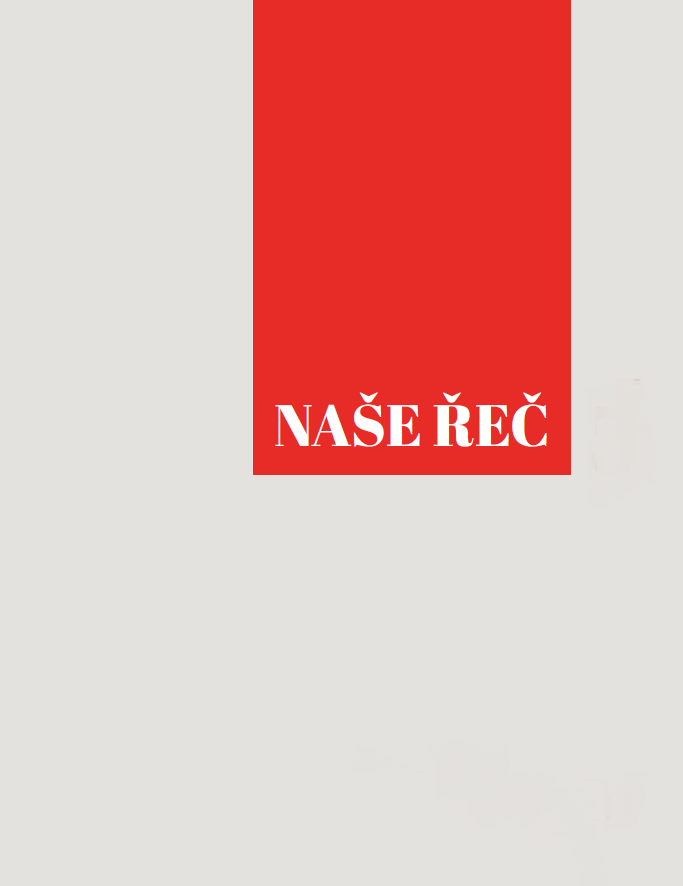
The emergence and spread of social media made it possible for a large number of language users to enter into various metalinguistic interactions, including those previously controlled predominantly by language experts. An example of this is what we call language influencers, i.e. users who write posts about the Czech language and its usage. While such users lack an institutional authority, their activity has a substantially large reach and they can thus interact with language users in lieu of traditional linguistic authorities. We present a first characterization of the activities and topics of such profiles. We analyzed 312 posts of the profiles Červená propiska (Instagram), Češtinářské špeky (Facebook), and Jazykovědma (Twitter/X) with regards to the topics of their posts and user engagement in terms of numbers of comments and likes. Whereas Červená propiska is concerned primarily with orthographic rules and the use of correct (i.e. standard Czech) variants, the other two profiles combine such language-management posts with edutainment in the form of fun facts, typically opaque etymologies. The most liked posts have such edutainment form, while the most commented posts discuss language problems which regular users have direct experience with. We interpret the activities of these profiles as representing an alternative to the official language regulator, while implicitly spreading and strengthening the standard language ideology.
More...
Popularization is often seen as an integral part of scientific work, but from our experience, in Czech linguistics, it is not an obligatory part, required for a scientist’s activities to be viewed as of high-quality or complete. Therefore, one can assume that the content, the manner and the level/quality of popularization activities depend strongly on the motivation of particular scientists, their teams or their superiors. The paper aims to map what motivates people who popularize language and/or linguistics to do so. We asses that qualitatively, using the method of semi-structured interview with both linguists and non-linguists involved in popularization. Our respondents described as their motivations the feelings of personal gratification, satisfaction, contentment, joy or pleasure of the popularization, the feeling of meaningfulness, added value, self-realization, and ego. Based on these results, we conclude that both groups of popularizers like to popularize language and/or linguistics, but for linguists, meaningfulness and little or no feedback are characteristic, while non-linguists are more focused on building social media communities that are able to digest only very simplifiedcontent.
More...
This article explores the expression of personal attitudes in the popularization of linguistic topics, particularly in Czech. It focuses on how linguists, who also also speakers of the language, communicate their knowledge to the public while inevitably presenting personal stances on language use. By analyzing examples of both professional linguists and non-experts engaged in language popularization, the article demonstrates the difficulty of maintaining a clear boundary between objective linguistic description and subjective evaluation. It shows that popularization often involves choices influenced by personal and professional judgments, particularly in relation to the standardization of language. The article also examines the ways in which non-linguists may prioritize their personal views. Finally, the study discusses how different approaches to evaluating linguistic phenomena are reflected in publicly available materials, illustrating the variability in the expression of both positive and negative attitudes towards the language.
More...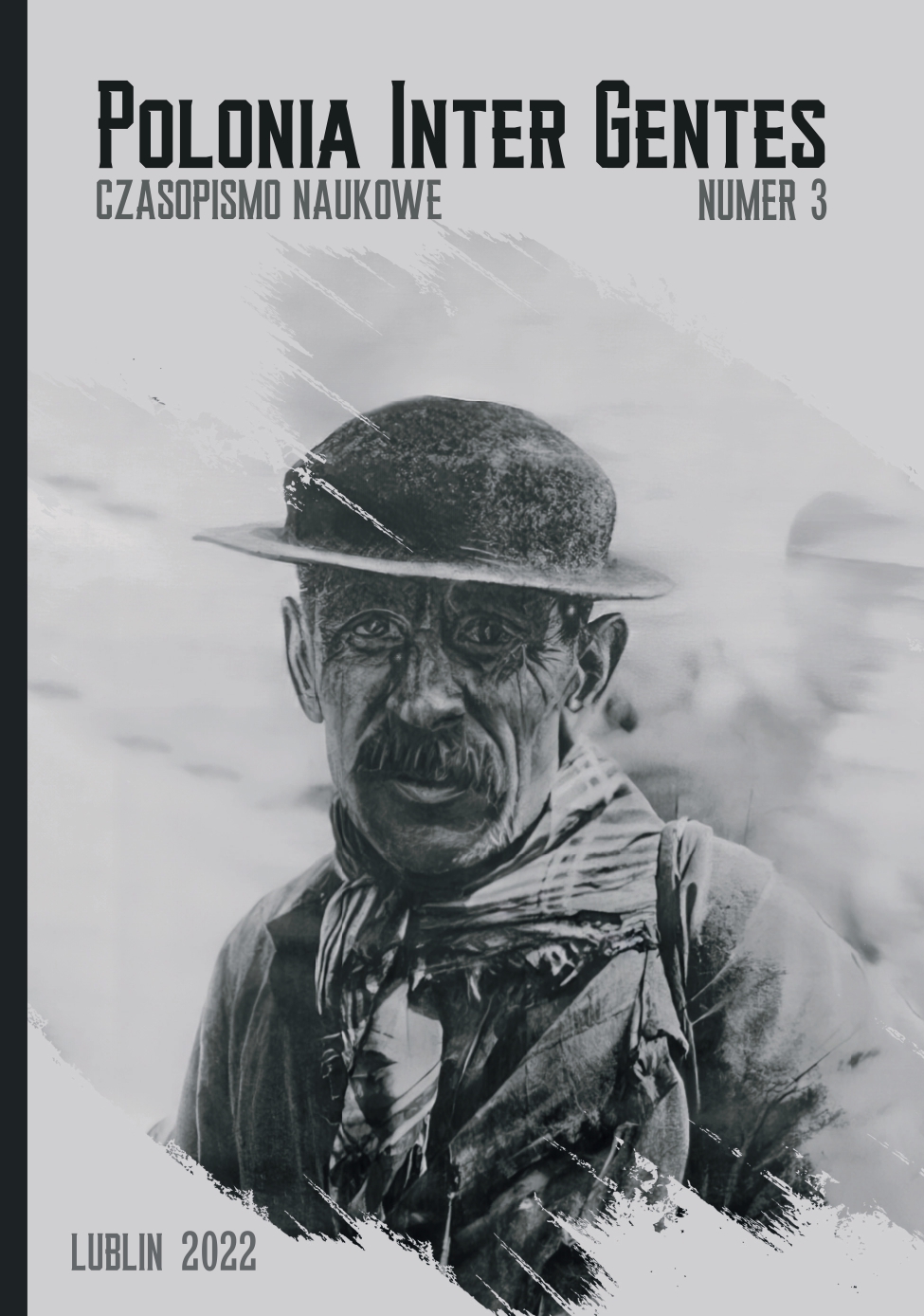
W artykule zostały przedstawione dotychczasowe badania nad językiem polskim na Ukrainie w aspekcie językoznawczym oraz socjolingwistycznym. Komentując te badania, autor stawia wiele pytań, m.in. o kryteria narodowości polskiej, o granice polskiej kultury, o rolę państwa polskiego w promocji polskości na Ukrainie, a także o status języka polskiego na Ukrainie w przestrzeni prywatnej (w rodzinach) i publicznej: mediach, Internecie, Kościele katolickim, polskich instytucjach. Język polski na Ukrainie jest językiem obcym, jednak ponad 30-letnie nauczanie języka polskiego (też jako obcego) nie przynosi efektów – co potwierdzają badania autora na Ukrainie oraz obserwacje uchodźców w Polsce. Autor sugeruje zmianę podejścia edukacyjnego: z językowego (komunikacyjnego) na kulturowe, w którym istotne jest doświadczenie kultury, przeżycie, aspekt wychowawczy. Taka edukacja ma przygotować obywateli Ukrainy do emigracji do Polski (i Europy) lub współpracy z Polską na Ukrainie.
More...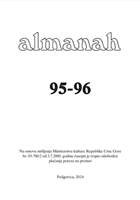
The subject of this paper is the presentation of lexemes with the Turkish suffix –lija that are found in the Rožaje dialect. We know that from a large number of lexemes of Turkish origin, a certain number of suffixes have emerged that have become independent and that participate in the formation of very productive formation models. For this paper, we have isolated the Turkish suffix –lija, which appears in our language in the adaptation form –lija, which from a grammatical aspect denotes a noun derivative. The Turkish language has a large number of suffixes that are used to form new words. In accordance with the law of vocal harmony, this suffix in the Turkish language occurs in four variants (Turk. –lı / -li / -lu / -lü ), from which our suffix –lija has become. According to their formational and semantic characteristics, these derivatives represent adjectives, usually descriptive.
More...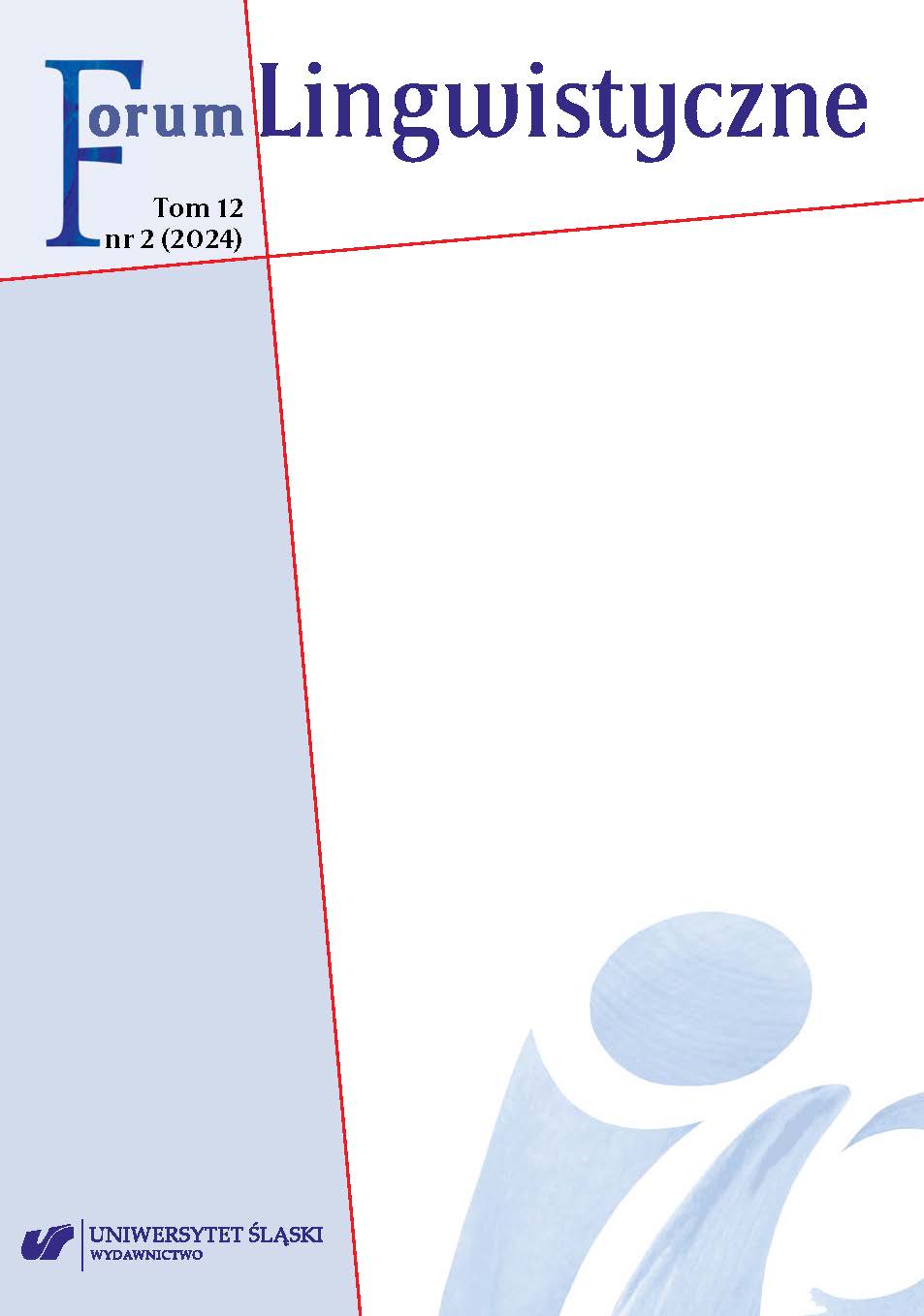
The article provides a review of the literature on sixteenth-century nominal and verbal inflection of recent decades. It also addresses the issue of caesuras of language development phases, including the 16th century, an important one in the history of Polish. In doing so, we draw attention to vernacularization and literalization of the Polish language. We adopt a research perspective which assumes the separation in the synthesizing descriptions of a shorter period than several centuries, conditioned by change. We therefore postulate the need to develop a synthesis of sixteenth-century Polish using as source material Słownik polszczyzny XVI wieku [Dictionary of sixteenth-century Polish] and the method of synchronic cross sections. This is justified by the current state of research, which we show on the limited material of sixteenth-century Polish inflection, as well as in the syntheses created so far (e.g. of the seventeenth or nineteenth century) covering periods shorter than the historical era. An attempt at an overview of the literature on inflection in different periods of the development of the Polish language in 2023 by Władysława Książek-Bryłowa, and here the most recent literaturę concerning the historical-linguistic epoch of interest is indicated.
More...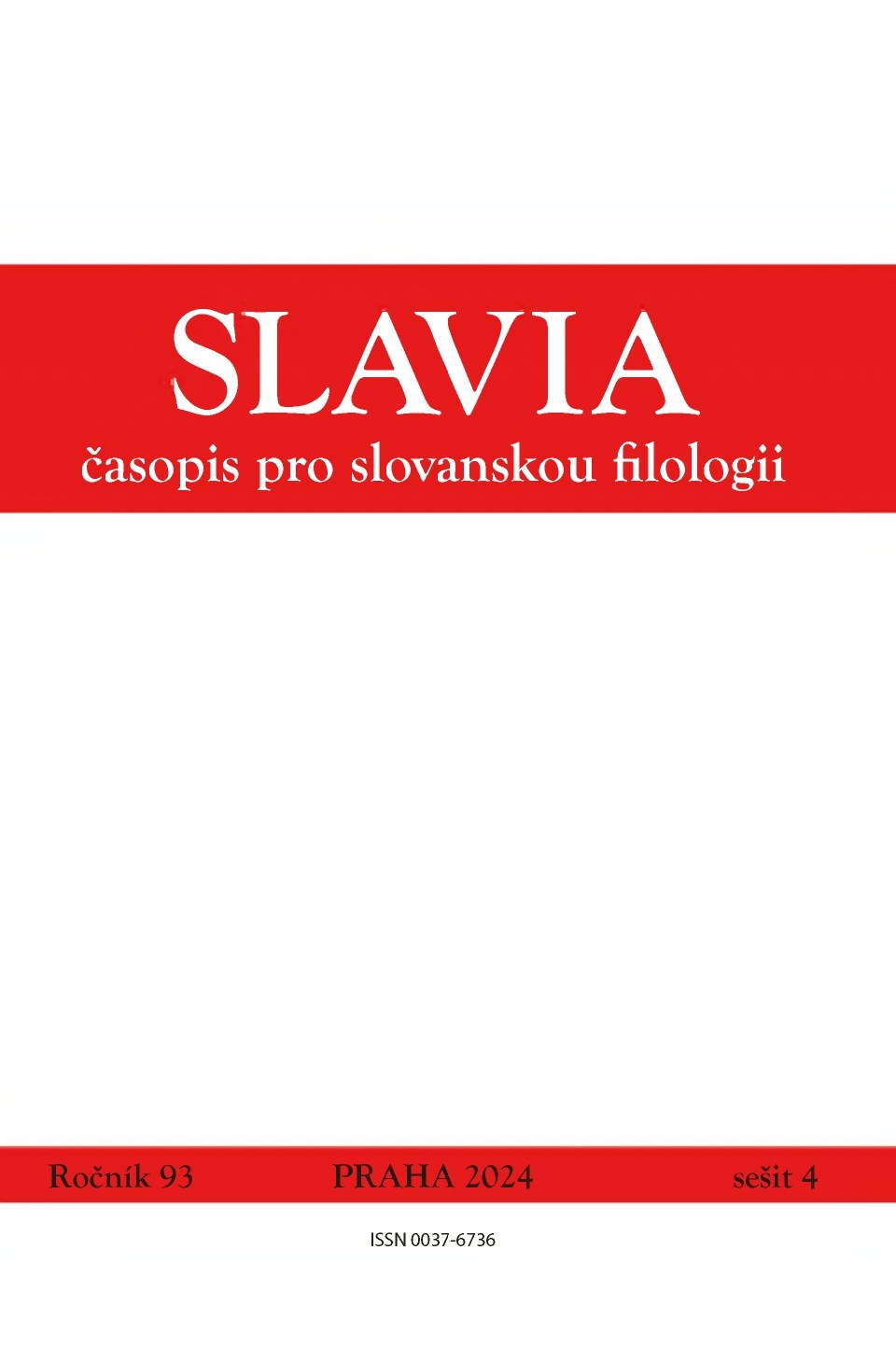
The article concerns research of the Kashubian culture by a Russian linguist of the mid-19th century – Alexander Hilferding. Hilferding contributed to a comprehensive description of the Kashubian language in the arena of Slavic studies, including linguistic, ethnographic and socio-political analyses. In the article, the latter aspect is the most important. Socio-political dimension of Hilferding’s research is discussed from the point of view of the history of ideas with a special focus on the idea of Pan-Slavism. The paper also employs elements of the postcolonial discourse. The analysis results in the argument that Hilferding’s main work Ostatki Słowian na południowym brzegu Morza Bałtyckiego (The remainders of Slavs on the south shore of the Baltic Sea, 1862) provides reliable information about the Kashubian language and customs, but also functions as an ideological and political text, intended to convince the Slavic milieu that Pan-Slavism was an attractive ideological system, which could take on a culture-forming function. In the face of the then political situation and the insufficient statehood of the Republic of Poland, Hilferding’s work was an act of suppressing Polish culture and it was related to the desire of the Russian Pan-Slavists to build a sphere of influence in the region of Eastern Pomerania.
More...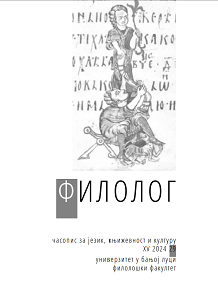
Review of: Ritter, N. & Henzelmann, M. (eds.) (2021) Linguistische Beiträge zur Slavistik. XXVIII. JungslavistInnen-Treffen, 18. bis 20. September 2019 in Hamburg. Specimina philologiae Slavicae, 206, Berlin et al., Peter Lang.
More...
Vatroslav Jagić devoted substantial attention to Macedonian contribution to Old Slavonic/Church Slavonic, implying that the foundation of this language rests upon in Macedonian dialects from the Thessaloniki area. Thus, together with Vatroslav Oblak, he established the Macedonian theory regarding the folk foundation of the Old Slavonic. Jagić research was primarily centred on the canonical gospels. His interest in gospels continues with the paper on the oldest Cyrillic Church Slavonic four-gospel which is placed on the borderline between Glagolitic and Cyrillic literacy, which is the Dobromir Gospel from the XII century. Jagić highlights the Macedonian features of the manuscript, determines its Macedonian origin based on orthographical, phonological, morphological, and lexical attributes, and identifies its similarities with the Glagolitic literary tradition. He dated the time of origin of the manuscript, named it according to the record of the priest Dobromir, identified its similarities with the Glagolitic literary tradition, and emphasised its features that relates it with the Macedonian language areal. Jagić uses the term Macedonian school, Macedonian area. Later on, Dobromir Gospel has become a subject of interest of many eminent Slavistics scholars. This paper summarizes the basic conclusions emerging from the Jagić’s study, compared to the latest research of this manuscript which supplements Jagić’s conclusions, as well as some points of view which differ from his opinions. This manuscript offers rich material for Church Slavonic, especially through the abundance of lexical forms, and it also points out to interlinguistic contacts.
More...